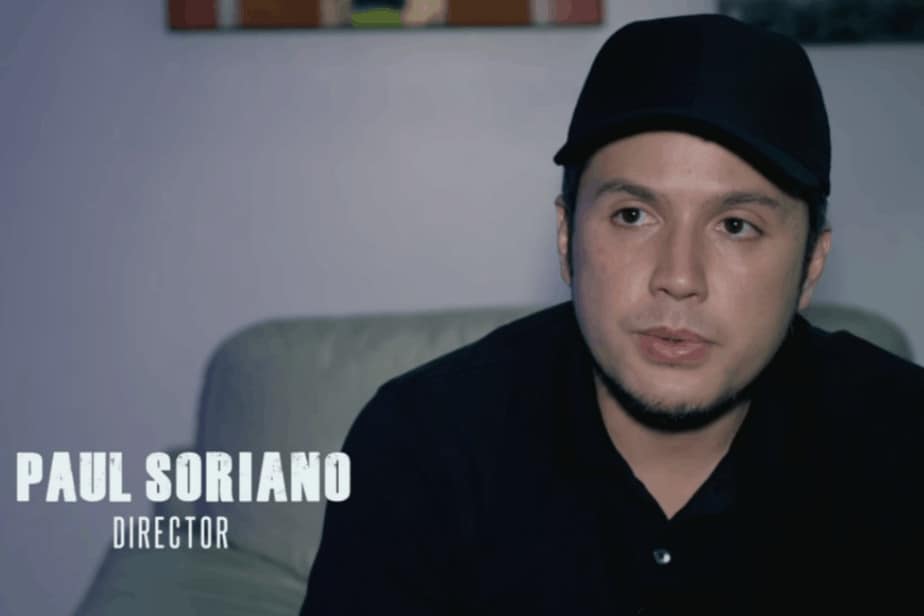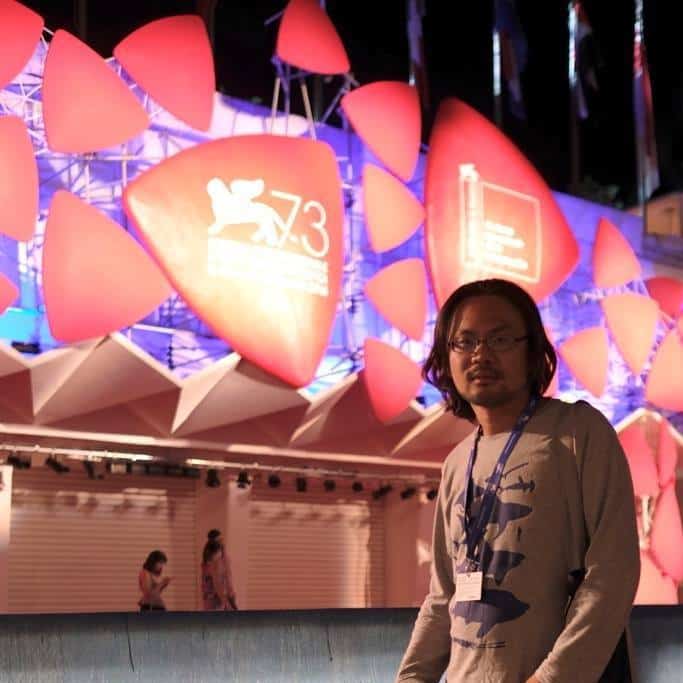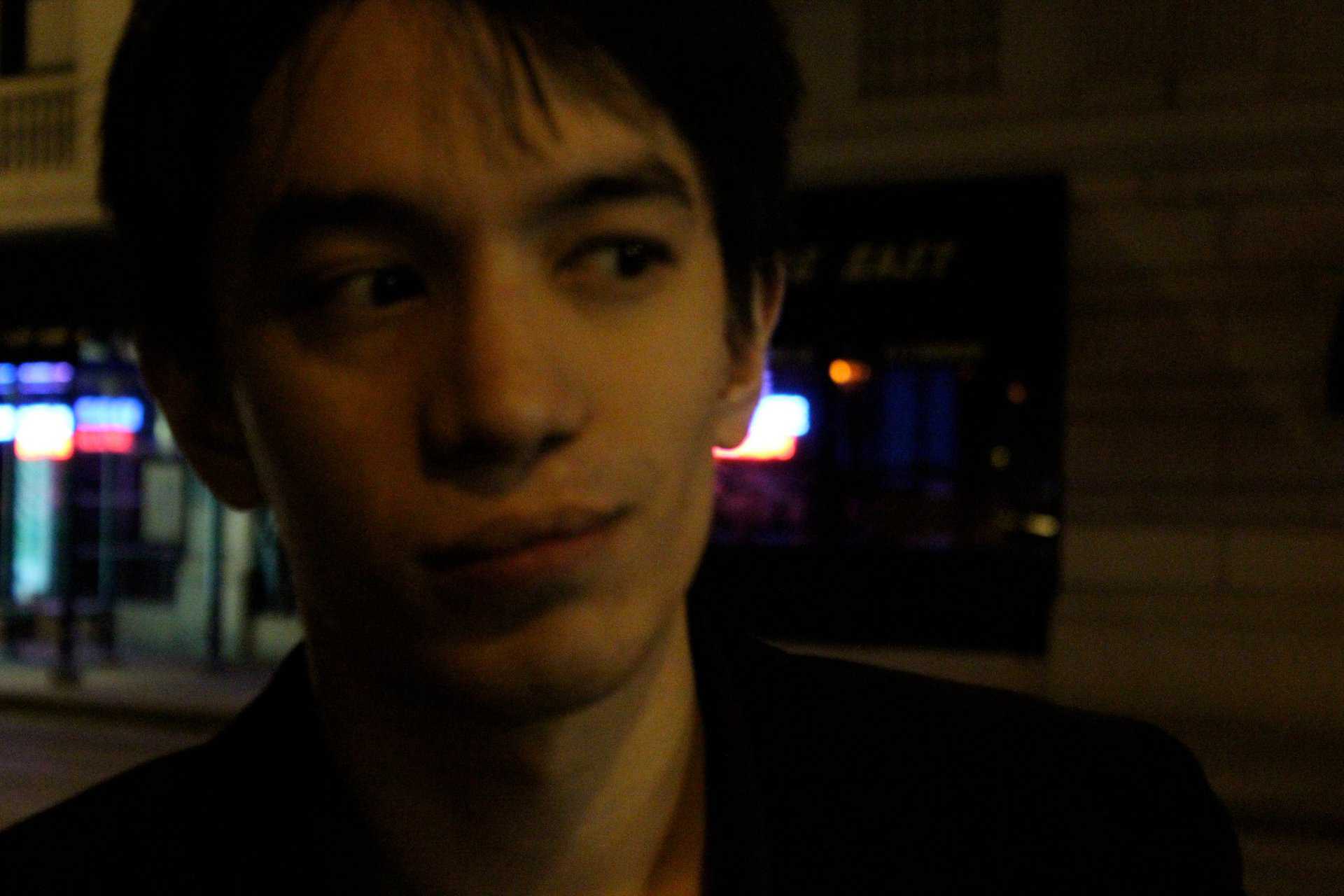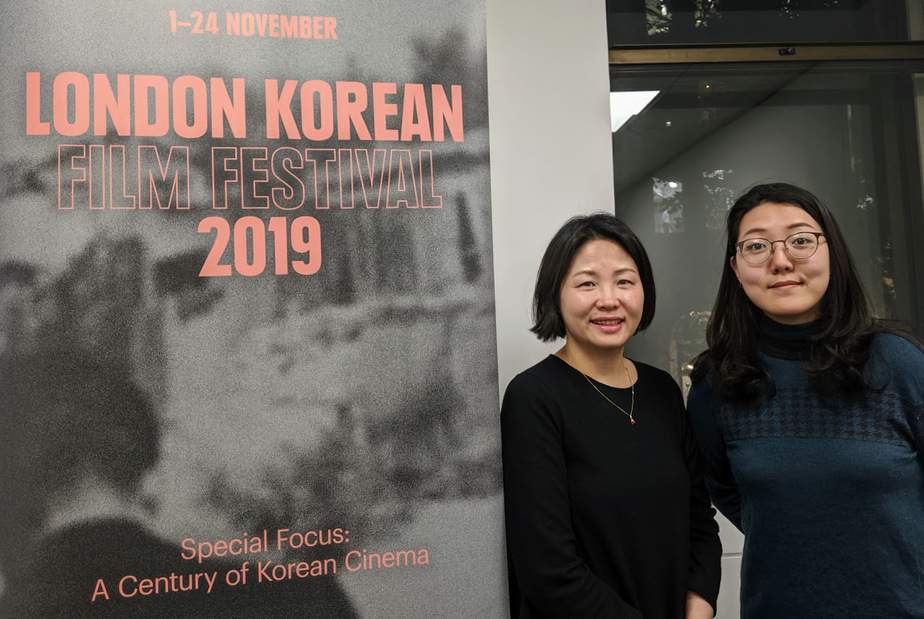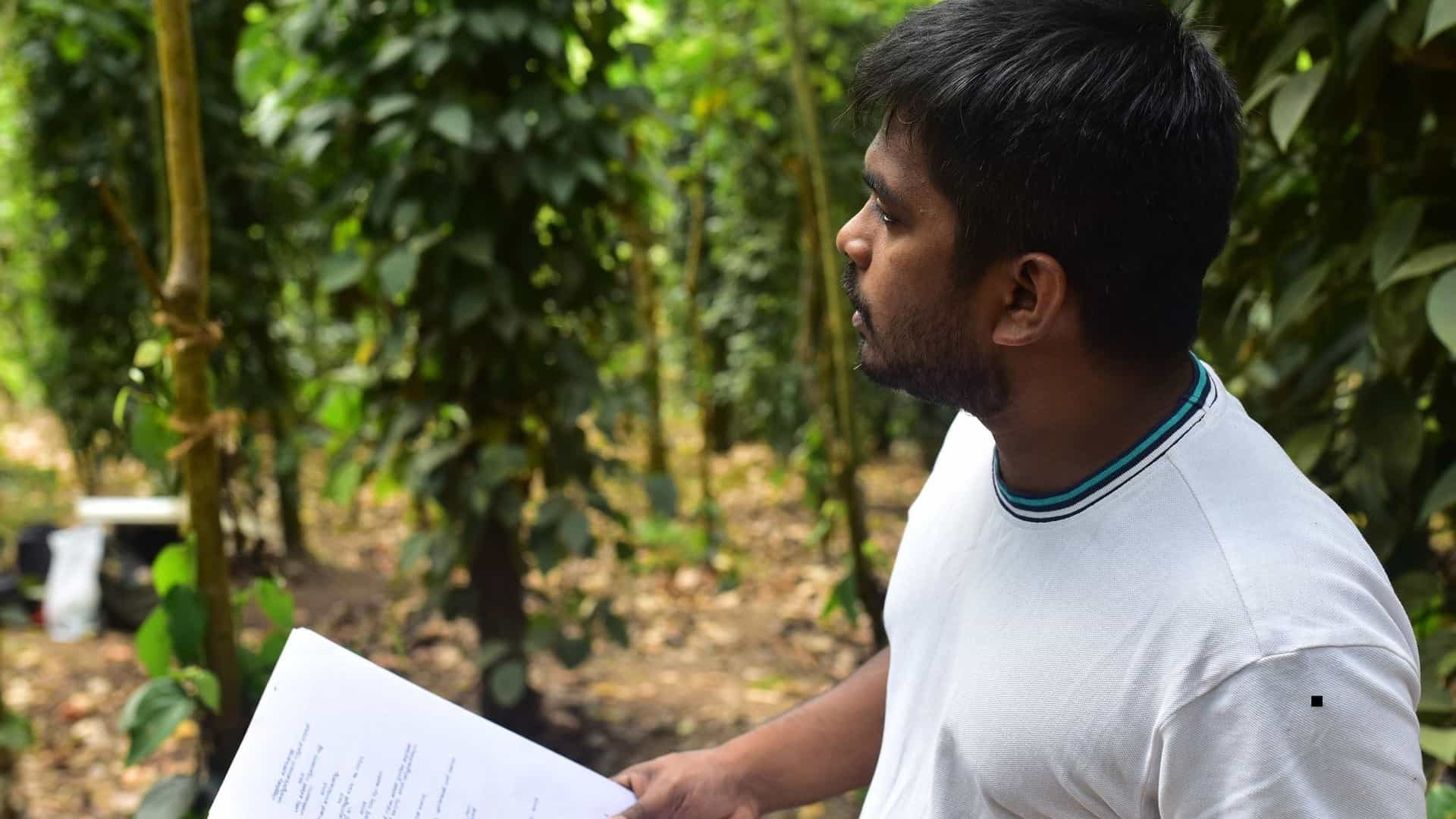The seventh feature film by the Filipino filmmaker Paul Soriano – “Mañanita”, had its world premiere in the Rebels with a Cause section of PÖFF – Tallinn Black Nights Film Festival.
In this slow-burning revenge drama that was written by Lav Diaz, a former sergeant and sniperist Edilberta Agawin seeks revenge for the murder of her parents and violence she endured the night of their death. After having been discharged from the army for health reasons, with her face heavily scarred by burns, she is condemned to solitude and boredom, sinking in alcoholism until the moment she hears news of her tormentors' whereabouts.
She sets on the road to deal with the gang of four former drug dealers with her souvenir from the army – the sniper she never parted from.
Asian Movie Pulse sat down to talk to the director Paul Soriano about the unusual true life story that inspired him for “Mañanita”, his big influence and mentor Lav Diaz, and about how singing can disarm the criminals.

You've spent your childhood in L.A, but you moved to the Philippines with your mother. Where is home?
My mother was based in LA at the time of my birth in 1981 and about seven years later, she decided to emigrate back to Philippines. I kind of spent most of my youth in the Philippines, but I still go back to L.A. which is like a second home to me. I am there at least once a year.
This is a very interesting story named by something that barely anyone outside Philippines has an idea about. Can you tell us something about the project Mañanita?
I guess you've got to give it to the Filipino to come with something like that. In 2016, I was watching the news back home and there was a feature on the Mañanita cops, which is a police force in Davao, in the southernmost part of the country. Instead of using guns or violence to apprehend the drug abusers or drug dealers, they would go and sing songs until 3-4 am, serenading the criminals. I guess to their surprise as well, they were rather successful. People started surrendering, of course not all the time, but in general lot of them surrendered to the songs. I contacted the police chief and flew to Davos where I've spent a couple of days with them to do some research. Just the whole concept was unique. When you think of a drug boss, you have an instant image of guns and violence, but instead of that, this police group took them in peacefully through songs.
I interviewed the police chief who told me he didn't believe in killing or using force to catch the criminals, so he came up with the idea of singing songs that would touch their souls. Of course, they have their backup in case of a violent reaction, but a large part of criminals would surrender because the songs would touch their hearts. I also got to interview one of the dealers who was arrested, and who told me that when he was on drugs, the songs have actually softened him up and he realized that what he was doing was wrong. One year after the beginning of the project, over thousand of abusers/ dealers were arrested n this way.
I found the story about the Mañanita police force unique because they respect the value of life. Their philosophy is that, although those people did something wrong, it doesn't mean that they should be wounded or killed. Their idea is to apprehend criminals peacefully to make them better people. That is how the whole concept for the Mañanita film started.
Are the songs used in the film the genuine ones sung by the Mañanita police force?
Yes, exactly the same are serenaded to the drug users. If you noticed, the lyrics are actually quite hard hitting, so I bought the rights to put them in the film, because as you can imagine – they are very popular in the Philippines. They are actually folk songs from the 1960s, with incredibly didactic lyrics. When you read them or listen to them, they can unconsciously touch you and speak to you. Mañanita is for me also a way of serenading my audience.

The music playing in the bars and street restaurants is actually quite similar if not the same.
As I already said, these are all popular songs that people like to drink to. We like singing karaoke. It kind of made sense maknig such music choices. If you go to modest bars, these are kind of places where the Filipino music from the 1970s and 1980s is popular. The film was well received back home because it evoked old memories.
Where was the premiere in the Philippines?
At the Cinema One on November 16th. It was full house although the film is not commercial. Bela is quite popular back home, so people embraced the film. It is very interesting to watch what she's done in the past. When you study Bela's filmography, there are lots of romantic dramas, so this is something she was able to sink her teeth into and show that she can do much more.
The idea for the film was yours, but the script was written by Lav Diaz.
I was the executive producer of his film “A Lullaby to the Sorrowful Mystery” in 2016. Ever since I met him in 2014-15, he's been like a mentor to me and we got really close. He taught me a lot about the style of filmmaking, but he also taught me a lot about life, and for the last 3-4 years, we've always been chatting and meeting up. In one of our conversations, I told him about the story of Mañanita and he also fell in love with the whole idea of attacking violence with peace. A lot of Lav's films are very controversial in the way that he's tackling sensitive topics. Anyway, he suggested to write something for me, and I naturally agreed. About three weeks later, he e-mailed me an eight-page script. That was basically all. I read the script and fell in love with the track he was going with. We met on several occasions, I added my touches to it, and we started shooting. We decided not to make a film about cops, but a specific character study. We chose the character of a sniper who's very isolated. That is how all started.
I hope you won't take this very personally, but your film is very Lav Diaz.
I am not afraid to say that it's really influenced by him, and it is a kind of homage to Lav. He has strongly affected my life. I also study other filmmakers like, for instance, Paul Schrader, Andrei Tarkovsky, Bela Tarr and Yasujirō Ozu. As much as Lav Diaz' influence was strong, I still try to find my own voice. Obviously, I am never that close to the eight hours of Bela Tarr or Lav Diaz films. I know instantly that that's not my voice. That would be too much of a copy, and although the treatment is by Diaz, and the camera is being slow, there is a minimum of movements and long takes, that dynamics changes. For me, the movement of the sniper is very calm and calculated.
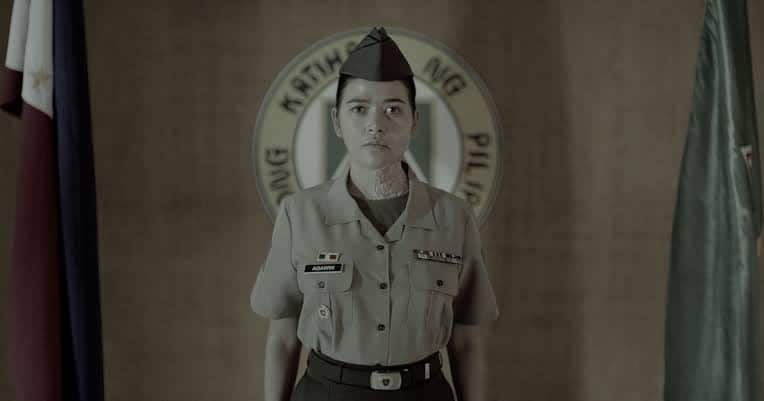
Bela Padilla is brilliant in the titular role of sergeant Edilberta Agawin.
She is actually one of my favourite actresses. I was very thankful that she trusted me with this kind of experiment in a way, because it is very different from the mainstream work she does. She's used to working with an 80- and not 8-page script, and this writing had to be translated visually.
Edilberta was obviously a victim of the drug war as a child, which connects her in a way – even if not directly until the very end – to the story of Mañanita.
In her backstory, her family and her were victims of the drug dealers. But especially Edilberta, who was just seven years old, went through a very abusive violence, including watching her parents being killed. I guess she carried that grudge with her for her whole life, especially because she was heavily scarred by the fire. When she was discharged from the army, she had no other purpose in life except to seek revenge. But she also has to learn the lesson that killing sometimes isn't the answer. The reactions back home were that no matter how violent and cruel people can be, killing is not the solution.
The film was obviously shot on diverse locations.
It was a journey film from the beginning, and we had to establish her as a soldier first. The film was actually shot in the mountains and we also shot some scenes in the actual army camp. Eventually we chose the locations up north two hours away from Manilla, and the reason why I chose the location was that it is very dry, and it has a very desert-hot climate with sand and is desaturated
Philippines is actually very lush and tropical. In this particular region, it's dry. There is lot of ash, there is a volcano. When we went location scouting, I just fell in love with the whole area, its dryness and the mundane look of the town. I was also very character driven. The film was shot chronologically, so the first scene was the first thing we shot. We journeyed not only for the main character, but also for the whole production.


